
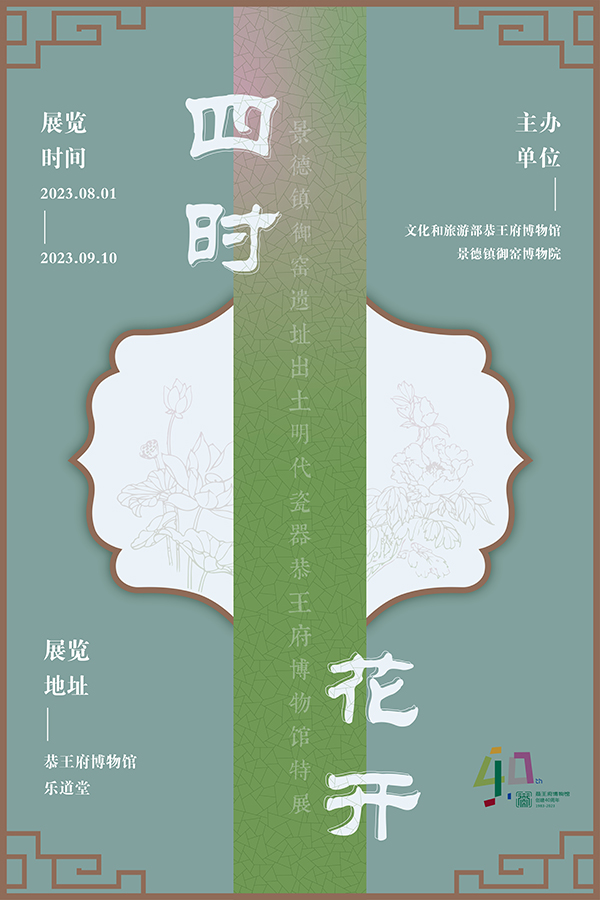
On Aug 1, “Four Seasons in Blossom – Special Exhibition of Ming Dynasty Ceramics from the Jingdezhen Imperial Kiln Site” was unveiled at the Ledao Hall of Prince Kung’s Palace Museum.
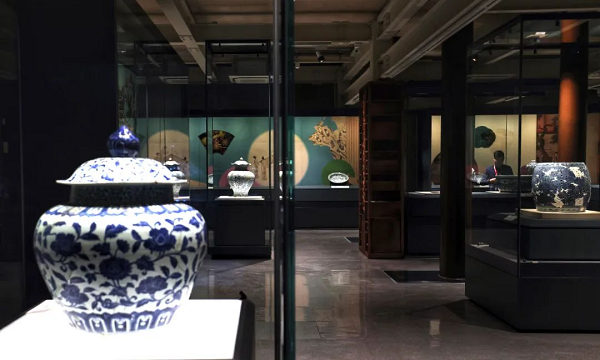
The exhibition is co-hosted by Prince Kung’s Palace Museum and the Jingdezhen Imperial Kiln Museum, and showcases 99 pieces (sets) of Ming Dynasty (1368-1644) flower-themed ceramics unearthed and restored from the Jingdezhen imperial kiln site. The distinction of this exhibition lies in that it uses the four seasons' scenery of Prince Kung’s Palace as a backdrop of the gallery space, which echoes the floral and plant patterns on the ceramics and their different functions in daily life.
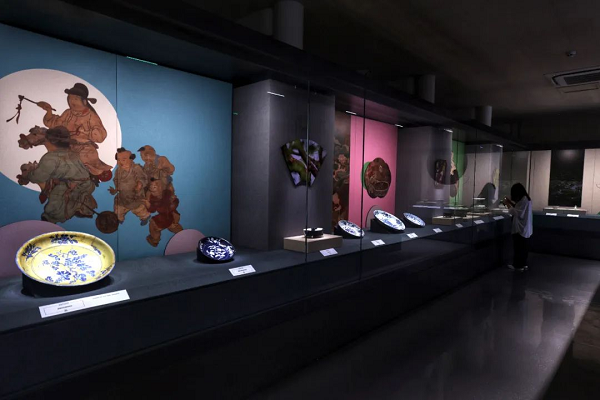
The Ledao Hall was the living quarters of Emperor Qianlong's most beloved daughter – Princess Hexiao (1775-1823), and later Yixin (Prince Kung, 1833-98), the sixth son of Emperor Daoguang (r. 1821-50).
It has recently been transformed into a modern exhibition hall with constant temperature and humidity conditions, and will be the venue for future collaborations between Prince Kung’s Palace Museum and other museums to accommodate exhibitions that align with its historical and cultural connotations.
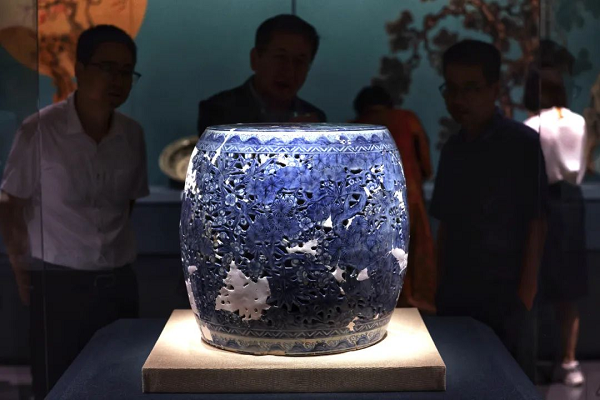
To curate this inaugural exhibition after the renovation project, Prince Kung’s Palace Museum collaborated with the Jingdezhen Imperial Kiln Museum, recently awarded “Most Innovative Museum in China”, to creatively interpret the Ming Dynasty ceramics unearthed from the Jingdezhen imperial kiln site within the classic environment of Prince Kung’s Palace.
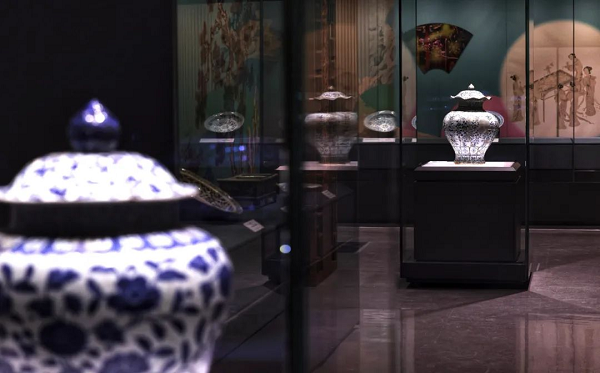
The exhibition, comprised of three sections, is presented in three halls of the Ledao Hall courtyard. The first section showcases ceramics with seasonal floral patterns, including unique combinations of peonies (spring), pomegranates (summer), chrysanthemums (autumn), and camellias (winter) from the Hongwu period (1368-98). The second section displays various flower receptacles in different shapes and various glaze colors. The third section shows a wide range of elegant antiques involved in elegant recreational activities, including cricket jars from the Xuande period (1426-35) and Doucai chicken cups from the Chenghua period (1465-87), among other renowned works from that era.
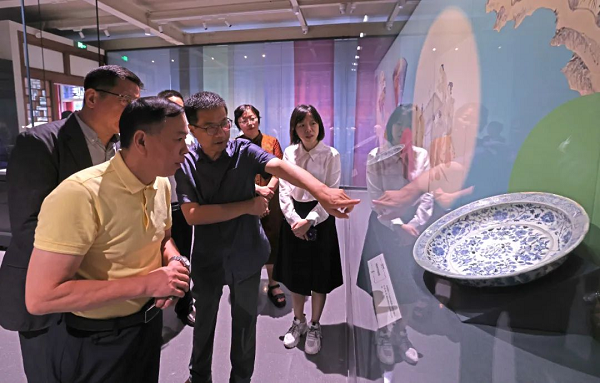
The exhibition will run until Sept 10, 2023 (closed Mondays).